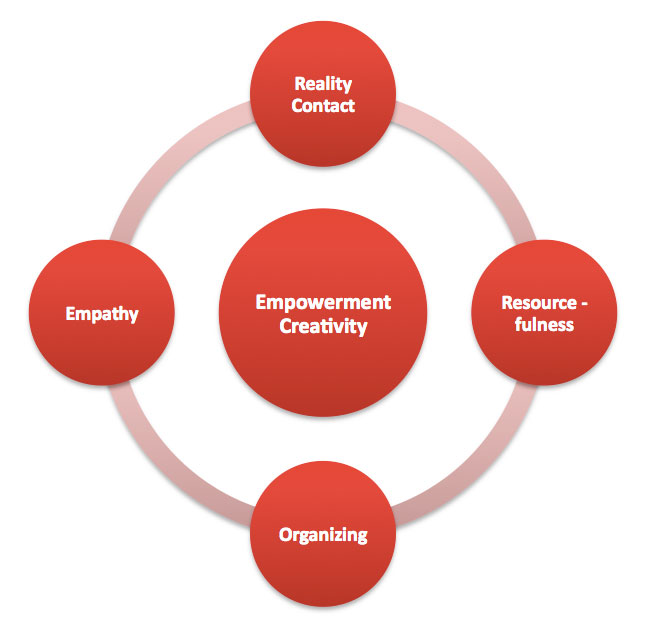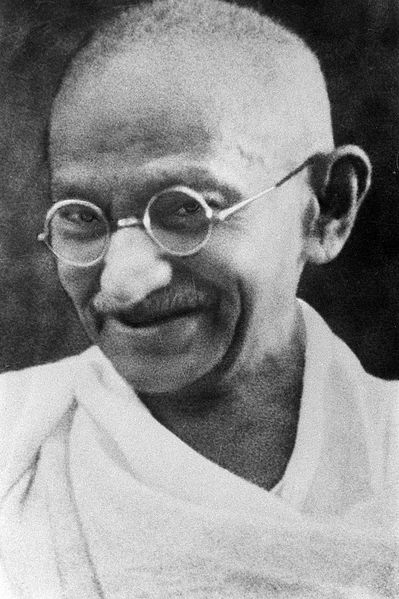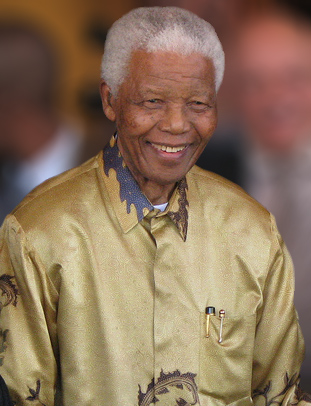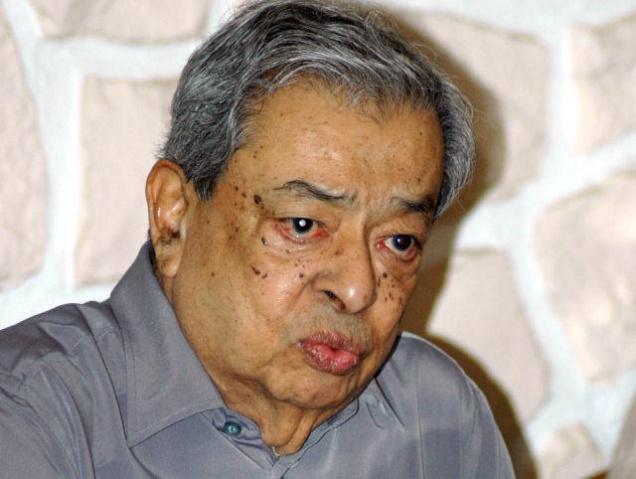In his wonderful book on Creativity, Lifelong Creativity, Dr. Pradip Khandwalla talks about the concept of Empowerment Creativity. Empowerment creativity is the type of creativity that is exhibited in empowering the underprivileged . History of mankind is replete with examples of great men and women who dedicated their lives to uplift the downtrodden and the poor.
Social entrepreneurs provide a great example of empowerment creativity. In this post I wish to explore the essential empowerment creativity skills that a social entrepreneur needs to have:

-

Mohandas K. Gandhi, probably late 1930s Reality Contact: In order to be able to empower the poor, it’s important first to know their situation and understand it well. When Mahatma Gandhi returned to India from South Africa, the first thing he did was to travel across the Indian subcontinent in a train. Anyone who wants to bring about a social change needs to be in touch with the reality of the society. Nothing could be more inspiring than the first hand knowledge of the real life struggles of the people for whom we wish to bring about the change.
- Empathy: The skill that a social entrepreneur needs the most is empathy . It is one thing to get in touch with the people and listen to their problems but to understand them from their perspective is a completely different challenge. As a poem of Christopher Brennan says, “If questioning would make us wise, no eyes would ever gaze in eyes”. The true source of knowledge is empathy. Putting one in somebody else’s shoes and not just knowing but feeling and living their struggles and issues is what makes the difference.
-

Nelson Mandela in Johannesburg, Gauteng, on 13 May 2008. Source: South Africa The Good News Resourcefulness: The third most important skill is being resourceful even in the most extreme situations. Most of the leaders who have brought about a great change have achieved it in circumstances of extreme scarcity. What resources did Nelson Mandela have at his disposal? What resources did Mahatma Gandhi have? What resources did Martin Luther King Jr., Aung San Suu Kyi, or Susan Anthony have?One factor that separates a thinker from a leader is the ability to seek resources . While a thinker pens down his or her thoughts in the most eloquent manner, a leader uses these thoughts as a powerful resource to garner support across different sections of the society and motivates people to join a movement for a cause. A social entrepreneur also needs to develop the skill of resourcefulness. Once a social entrepreneur is aware of the plight of the people, needs to roll up the sleeves and gets down to creating an institution that would address the issue at hand. The ability of being resourceful is the ability of seeing resources / solutions where others don’t see them. While it seemed impossible to fight against the might of the British Empire, Mahatma Gandhi used non-violence and civil disobedience as powerful and creative resources to seek independence by rendering military muscle completely irrelevant in the process. A creative entrepreneur isn’t one who goes out to seek new resources, but is the one who can use untapped forces of the ecosystem as resources and create institutions.
-

Verghese Kurien, “Milkman of India”, leader of the White Revolution. Source: The Indu 
Fully automated, 18,000 sq m, computerized dairy built for GCMMF. Source: Jhaveri Associates Organizing: Last but not the least is the skill of organizing. Inspiration, idea and resources won’t result in change unless and until they are implemented through the vehicle of an organization. This skill constitutes the entrepreneurial dimension of the social entrepreneurship. Verghese Kurien, a young social entrepreneur in early 1950s had a vision – of growing dairy farming in India and curing India’s milk deficiency. However he saw a great value in cooperatives and around cooperative society of milk producers he created world’s biggest cooperative organization, GCMMF (Gujarat Cooperative Milk Marketing Federation). The organization not only helped marginal and poor milk producers grow economically, it helped India become world’s biggest milk producer in about 25 years. The phenomenal success of Verghese Kurien has been known as White Revolution. However, the most critical part in his success was his ability to create an institution to implement his vision and dreams. For a social entrepreneur as well it’s important to understand the critical role of the organization. Unless a social entrepreneur can set-up a strong organizational base, it’s difficult to achieve the desired social change.
A little drop of water is of no significance. But when the same little drops come together, they make a mighty ocean. Each essential skill listed here, in isolation is like that little drop of water. But when they all come together, they empower societies and help an entrepreneur bring about radical change that he / she passionately pursues.
More about this topic: Doing Good Doing Well Conference, 21-21 Feb 2014, IESE, Barcelona



Truly said, I have a little experience
Thanks a lot.
Pranam.
wonderful thoughts and article..
What is a social entrepreneur or what is social entrepreneurship. Whats the difference between social entrepreneurship and entrepreneurship. Does entrepreneurship not have a social impact component i.e triple bottom line or social responsibility